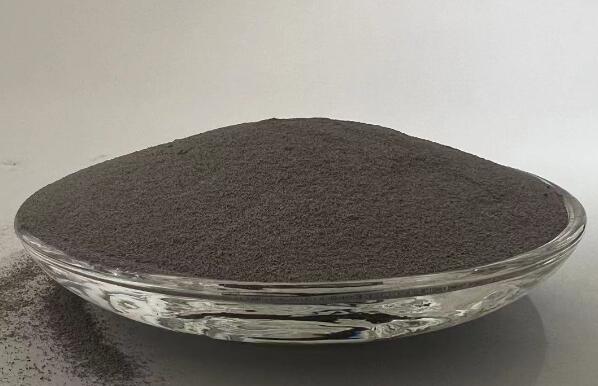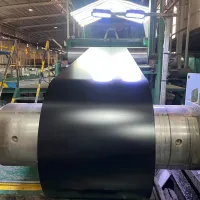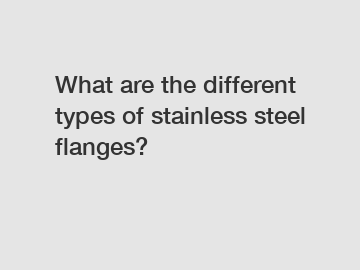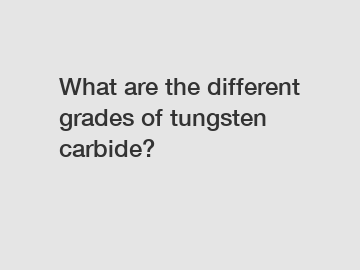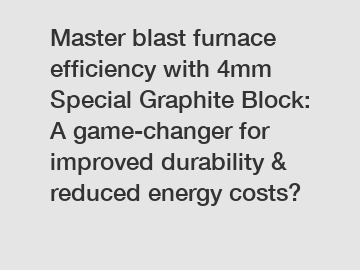How Much Silica Fume Can Be Used in Concrete?

Silica fume is known for its ability to enhance the strength and durability of concrete. However, determining the appropriate amount of silica fume to use in a concrete mixture is a critical consideration. In this article, we will explore the factors that influence the dosage of silica fume in concrete and provide guidelines for its effective utilization.
Understanding the Role of Silica Fume in Concrete
Before delving into the dosage of silica fume, it’s essential to understand its role in concrete. Silica fume, also known as microsilica, is an ultrafine, amorphous material composed of silicon dioxide (SiO2) particles. When added to concrete, silica fume offers various benefits, including increased strength, reduced permeability, improved durability, and resistance to chemical attacks.
Factors Influencing Silica Fume Dosage
Several factors influence the amount of silica fume that should be added to a concrete mixture:
1. Desired Concrete Properties:
The specific properties you aim to achieve with the concrete will dictate the dosage of silica fume. For example, if you require high early strength, a higher dosage of silica fume may be needed. Alternatively, if you are primarily concerned with reducing permeability and enhancing durability, a lower dosage may suffice.
2. Cement Type and Content:
The type of cement used in the concrete mixture and its content can impact the dosage of silica fume. Certain cements may have inherent properties that interact differently with silica fume. Generally, Portland cement and silica fume are compatible, but adjustments may be necessary based on the cement type.
3. Aggregate Characteristics:
The properties of the aggregates used in the concrete mixture, such as size, shape, and gradation, can influence the dosage of silica fume. Aggregates with a higher surface area may require more silica fume to ensure proper bonding.
4. Environmental Conditions:
Environmental factors, such as temperature and humidity during curing, can affect the curing process and the dosage of silica fume required. In cold or hot climates, adjustments may be necessary to optimize concrete performance.
5. Mix Design and Testing:
Related links:What is galvanized welded wire mesh?
Why is alumina suitable as a refractory material?
Which industries can benefit most from CNC extrusion technology?
Unlocking the Benefits of Kaolin – 325 Mesh Guide
What is the best fence to stop intruders?
Why is mesh wire important?
The Power of High Silica Fiberglass Filters
Performing mix design trials and testing with varying dosages of silica fume is crucial to determine the optimal amount for a specific project. This involves preparing several trial mixes with different silica fume dosages and evaluating their performance through testing.
Guidelines for Silica Fume Dosage
While the dosage of silica fume can vary depending on the factors mentioned above, there are some general guidelines that can help in determining an appropriate range.
1. High-Strength Concrete:
For high-strength concrete, which typically targets compressive strengths greater than 10,000 psi (69 MPa), silica fume dosages can range from 5% to 15% of the total cementitious materials (cement + silica fume). The exact percentage will depend on the specific requirements of the project.
2. Moderate-Strength Concrete:
For concrete with moderate strength requirements, dosages of silica fume typically range from 5% to 10% of the total cementitious materials.
3. Low-Permeability and Durability:
If the primary goal is to improve the concrete’s durability and reduce permeability, lower dosages of silica fume in the range of 5% or less may be sufficient.
4. Consultation with Experts:
In complex projects or situations where achieving specific performance targets is critical, it’s advisable to consult with concrete experts or a silica fume supplier. They can provide tailored recommendations based on project-specific needs.
Conclusion
Determining the appropriate dosage of silica fume in concrete is a critical aspect of optimizing the material’s performance. Factors such as desired concrete properties, cement type and content, aggregate characteristics, environmental conditions, and mix design all play a role in determining the optimal dosage. By carefully considering these factors and conducting mix design trials, you can harness the full potential of silica fume to enhance the strength and durability of your concrete projects.
If you have any questions about using silica fume in your concrete projects or need a reliable supplier of high-quality silica fume, please don’t hesitate to contact us. We are here to provide you with expert guidance and supply you with the necessary materials to achieve superior concrete performance. Your construction goals and the longevity of your structures are our top priorities.
The Ultimate Guide to Outdoor Aluminum Screens
Unleashing precision: 2mm graphite blocks for molds
Is there a stainless steel that does not show fingerprints?
Revolutionizing Wire Manufacturing: Is Q195 the Future?
What are the advantages of 350mm HP graphite electrode dimensions for B2B purchases?
What is the difference between S grade and G grade drill pipe?
What are the pure metals found in Earth?




